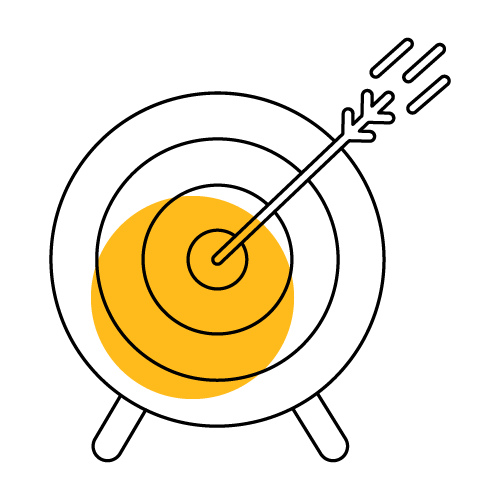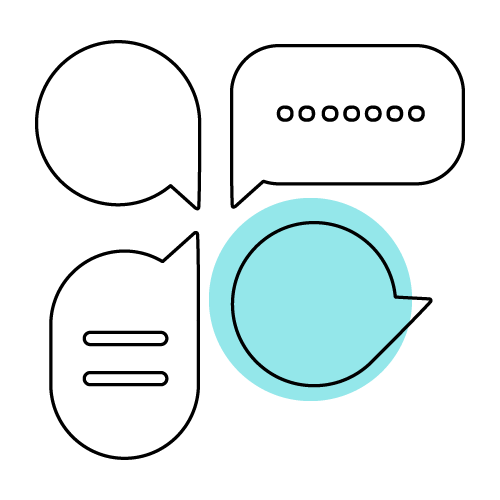DAT™ Next Generation
Assess general cognitive ability using cutting edge adaptive test technology
Trusted Since 1947 to Predict Performance
The DAT™ Next Generation is an intellectual ability test that uses sophisticated adaptive technology to measure an individual's cognitive abilities for recruitment or talent management. It offers a comprehensive assessment of verbal, numerical, abstract, and spatial skills, helping to predict success in a variety of roles. The increased usage of ability tests in these areas is supported by in–depth research showing that tests of mental ability are highly predictive of performance.

Use
Recruitment, Talent identification, Apprenticeships, Career guidance, Higher Education
Format
15 items
Approx. 12 mins
Untimed & unsupervised
Uses Computerised Adaptive Testing technology

Languages
English, French, Dutch, Spanish
Why Use DAT™ Next Generation Test?
Optimize your HR decisions
DAT™ Next Generation is a key tool to support hiring, internal mobility, and talent development decisions with key insights into a wide range of different cognitive abilities.
Improved fairness and objectivity
A reduction of bias through robust psychometric standards, ensures evaluation based on objective criteria.
A reliable and adaptive tool
Adaptive tests make it possible to use just one test to assess a varied pool of individuals with differing abilities along the performance spectrum. Item banked questions ensure each test is unique, ensuring objectivity and fairness for everyone whilst widening your talent pool.
Tailored assessments
DAT™ Next Generation enables HR professionals to tailor this assessment to the specific skills required for a role, with a choice of 5 distinct sub-tests (verbal, numerical, abstract, spatial and mechanical reasoning skills).
Reduce your hiring costs
Each subtest has only 15 items offering a more enjoyable candidate experience. This supports reduced hiring costs and improved candidate engagement.
Increased motivation
Because of the better experience, there is likely an increase in examinee motivation. Examinees with lower levels of ability feel better, whilst those with higher levels feel challenged.

What Does DAT™ Next Generation Measure?
DAT™ Next Generation is build on 5 sub-tests, each test contains only 15 items & measures the following:
- Verbal Analogies: Measures verbal reasoning by the relationships between pairs of words.
- Numerical Calculations: Measures addition, subtraction, division, percentages, algebra and, multiplication.
- Numerical Sequences: Measures problem solving abilities with numbers.
- Abstract Reasoning: Looks at the ability to see sequences in shapes and patterns.
- Space Relations: The ability to visualize 2D shapes in 3D.

A Fulfilling Training Experience
Completion of the BPS Test User: Occupational Ability Remote Training (Level A) verified course provides an industry standard qualification and enables use of DAT™ Next Generation (excludes US and Canada customers). The course, developed by Angus McDonald, has been designed according to the BPS qualification standards which define the knowledge and skills necessary for anyone using psychometric ability tests. A BPS combined course Level A & B is also available.

"We have chosen to work with the DAT™ NEXT GENERATION test battery for its psychometric qualities, which are beyond dispute, but also for its speed of administration compared to other tests."
Mathilde Robakowski, Recruitment Consultant and Employer Brand - La Mutuelle Générale